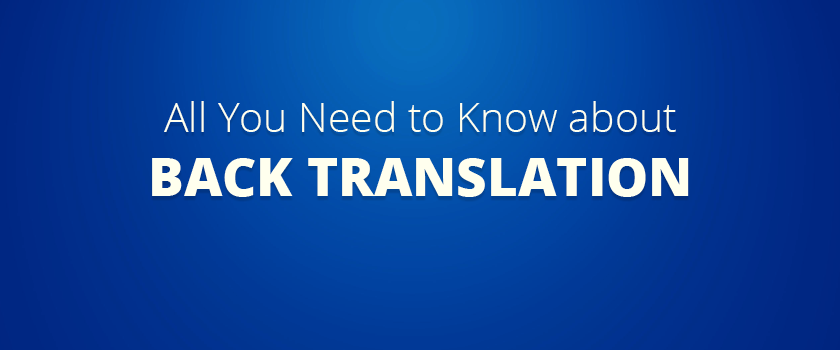Quality plays an important role in translation. People have faced many problems due to inaccurate translations. Companies failed in their operations in foreign lands because of mistranslations. So, it is very important to provide your clients with impeccable translation solutions. The translation should not only be linguistically sound but it should also resonate with cultural intricacies.
How to Check the Quality of Translation
You can check the quality of translation in several ways. Through the quality check measures, clients can gauge the accuracy of the translation. Many companies use these techniques before releasing their content publicly. It helps them in saving their reputation in the global market. The simple method to check the accuracy and quality of translation is to ask a native speaker to proofread the translation. They can easily identify the translation errors in the document. The other important method to check the quality of translation is through back-translation.
What is Back Translation
Back translation is the method of translating back the already translated document in its original language. This task is usually done by proficient translators. Once the translation is done then the translated document is compared with the source text to see whether the text has retained its original meaning and whether the translation of the source content is accurate or not. Also, it is used to check the compatibility of meaning between the target and source language. Languages are the product of different cultures so you should not expect that the result of the back translation will be 100 % accurate. Because of language nuances, back translation can identify the translation blunders. It is the best way to check the quality of translation solutions. It shows the clients that the translation they received is of the best quality and they can share it with the global audience without any hesitation.
When is Back Translation Required
Even though the back translation is a useful method of checking the quality of the translation, it is not required often. Individuals and businesses don’t require back translation for quality check. This method is needed only for regulatory and legal purposes. For example, for clinical trials, institutional review boards, and ethnic committees require a certificate of accuracy. This certificate of accuracy is often attained by back translation and is submitted along with translated documents. Mainly the information required for patients, patents, and consumers is back-translated so that no wrong information is imparted to them as this information is very critical. If the back translation is not done then there is a possibility that wrong information is delivered to patients and consumers which can be harmful to their lives. So, critical and sensitive material is protected by back-translation. Back translation is also used to check promotional and advertising claims.
History of Back Translation
Mark Twain was the first back translator. His famous short story named “The Celebrated Jumping Frog of Calaveras County” was published in 1865. This story was about a gambler, Jim Smiley. Twain translated this story into the French language. He then back-translated the French translation into English. Back translation of his story showed the world that translators can’t only translate the words but they can also identify the confusing words that pop up when languages have no similarity.
Uses of Back Translation
Many industries require back translation to ensure accuracy, reliability, and validity of the information.
Medical devices and Pharmaceutical Companies use back translation widely. Additionally, clinical research organizations use back translation because they use sensitive materials to produce medicines and products. Their content information also contains questionnaires, protocols, surveys, assessments, forms, and marketing materials. Back translation will help them to know about ingredients, lab notes, packaging, and scientific data accurately.
Back translation is also effectively used in legal translations. For example, multilingual contracts. If the back translation is not done in these contracts then it will lead to inaccurate translation and erroneous information. Many restaurants and product manuals are also getting benefits from back translation. If consumer manuals are not back-translated then they will take you to consumer court because of misleading information. This method is very convenient if you apply it properly in technical and legal documents. It shows that the text is impeccably translated into the target language. The back-translation in legal documents requires attention to details because any fault can have havoc results. It will help you to remove all linguistic and lexical confusions of the source and target language.
Back translation is not required in all forms of translation. If you have done translation, editing, and proofreading with the help of a professional translation company then you need not double-check the translation. Back translation is widely required in short translations where the probability of miscommunication is high.
Wrapping Up
The back translation might sound like a lengthy and complex procedure but it is the foolproof method of checking the accuracy of the translation. For this, you need to hire the services of a reliable translation company. CCJK is here for you. It has a team of proficient translators that are subject matter experts in their fields and provides you with flawless translation services in fast turnaround time and economical rates.



